Something strange is happening in the surf.
From Florida’s turquoise coast to the rocky shores of California, beachgoers are running into something slimy, stingy—and multiplying fast. Jellyfish aren’t just drifting in; they’re showing up in swarms, and the pain they bring isn’t just a pinch. It can ruin your entire day in the sun.
These aren’t the friendly blobs from cartoons. Some pack stingers strong enough to hospitalize swimmers. And they’re not sticking to one region, either. Their tentacles are stretching wider and washing up in more places than ever before.
If you thought jellyfish were just a tropical problem, think again. These 12 U.S. beaches have seen spikes in sightings, and it’s leaving lifeguards, scientists, and families on edge. Before you plan your next swim, find out where the jellyfish are turning paradise into danger zones.
South Padre Island, Texas
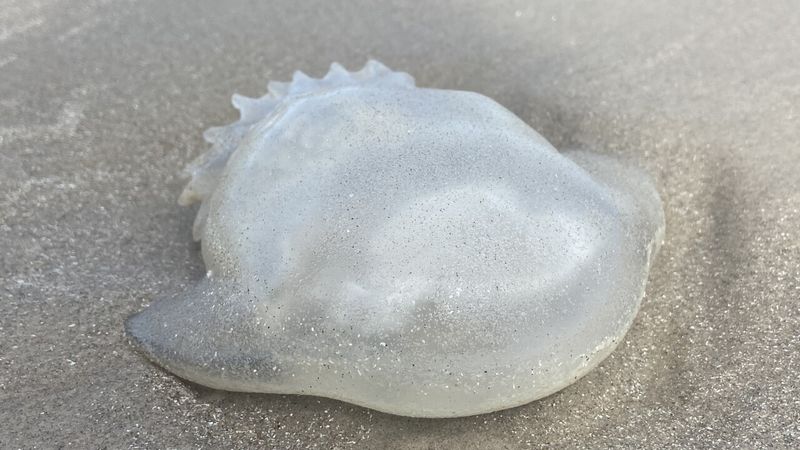
South Padre Island in Texas has become a hotspot for jellyfish, causing concern among locals and tourists. The once serene waters now teem with these creatures, particularly the Portuguese man o’ war. Visitors are urged to stay vigilant. Jellyfish numbers have surged due to changing water temperatures and ocean currents. This shift has altered the island’s aquatic ecosystem. The increase has impacted tourism, as some beachgoers are hesitant to swim. However, the local community remains resilient, implementing safety measures to protect its cherished coastline.
Myrtle Beach, South Carolina
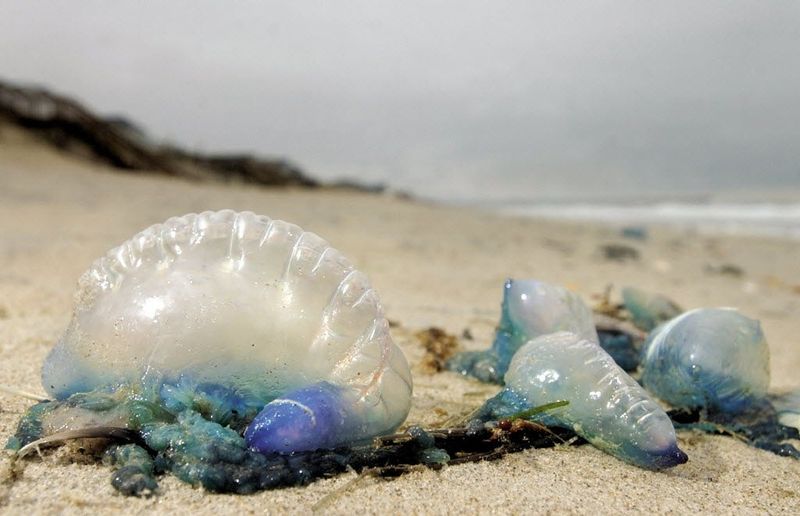
At Myrtle Beach, jellyfish sightings have become a frequent topic of concern. The beach’s popularity makes these increases particularly troubling. Several species, including the stinging sea nettle, have been spotted. This rise in jellyfish numbers coincides with environmental changes affecting local sea life. Swimmers now face potential stings, prompting lifeguards to issue warnings more frequently. Despite this, Myrtle Beach remains a favorite destination, with its stunning shores and vibrant community. Efforts to manage the situation are ongoing, aiming to preserve its reputation as a top beach getaway.
Virginia Beach, Virginia

Virginia Beach has experienced a notable increase in jellyfish, particularly during summer months. The rise is mostly attributed to warmer waters. Common species like moon jellyfish, though less harmful, still pose a nuisance. The local authorities have increased patrols to ensure beachgoer safety. Tourists are advised to carry vinegar, a known remedy for jellyfish stings. While these creatures are a natural part of the marine ecosystem, their growing numbers demand attention. Virginia Beach continues to draw visitors with its rich history and dynamic oceanfront activities, undeterred by these challenges.
Pensacola Beach, Florida
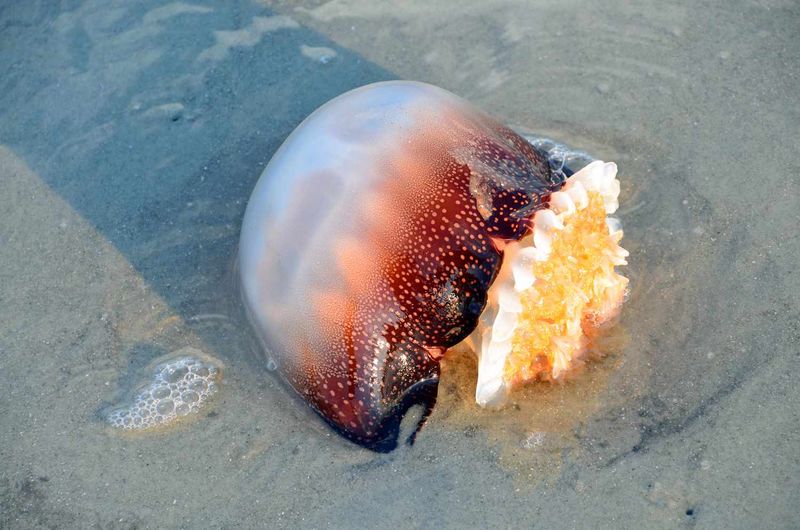
Pensacola Beach’s crystal-clear waters have seen a surprising rise in jellyfish activity. With species like the box jellyfish making rare appearances, concern has grown. This situation has puzzled marine biologists, as the area’s warm, inviting waters seem an unlikely habitat. However, changing sea conditions have led to this unusual influx. Beachgoers are advised to remain cautious and informed about current conditions. Pensacola remains a beloved destination, offering breathtaking views and recreational opportunities, with ongoing efforts to maintain safety and enjoyment for all visitors.
Huntington Beach, California
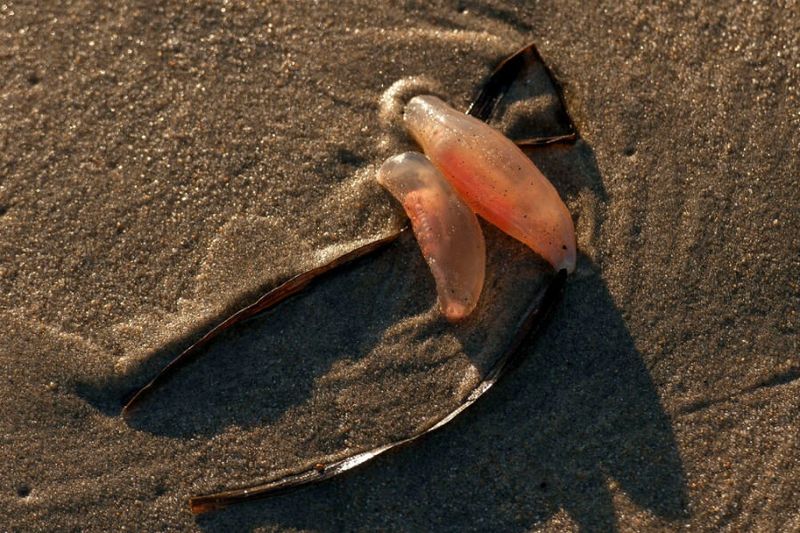
Huntington Beach, known for its surf culture, faces new challenges with rising jellyfish sightings. Species like the purple jellyfish have been reported more frequently. This increase aligns with shifts in marine temperatures and food availability. Surfers and swimmers are advised to stay alert. The local surf community, while proactive, acknowledges the need for increased awareness. Despite these challenges, Huntington Beach thrives as a vibrant hub for ocean enthusiasts. The city’s ongoing initiatives ensure that both locals and tourists can safely enjoy its scenic coastline and beloved surf spots.
Ocean City, Maryland
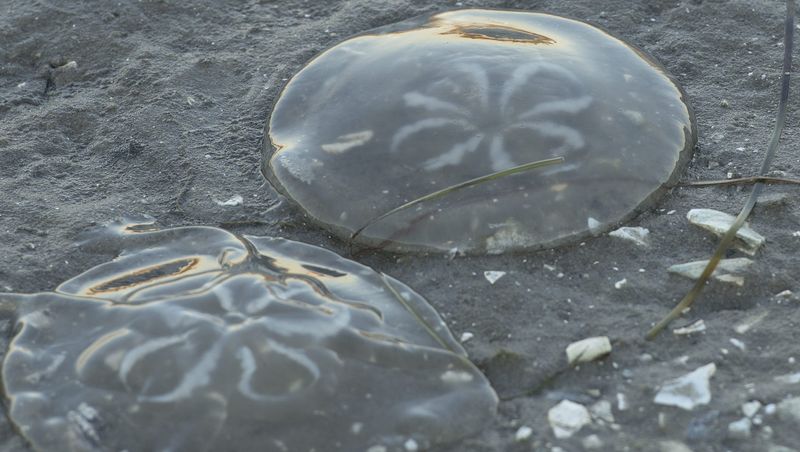
Ocean City beaches have seen a marked rise in jellyfish, raising concerns for the safety of swimmers. Sea nettles, known for their painful stings, are particularly prevalent. This increase has led to more frequent warnings from lifeguards. The changes in jellyfish populations are linked to environmental factors, such as water temperature shifts and nutrient availability. Despite these challenges, Ocean City continues to attract visitors with its lively boardwalk and family-friendly atmosphere. Efforts are in place to manage the situation, ensuring that the beaches remain safe and enjoyable for all.
Galveston Island, Texas
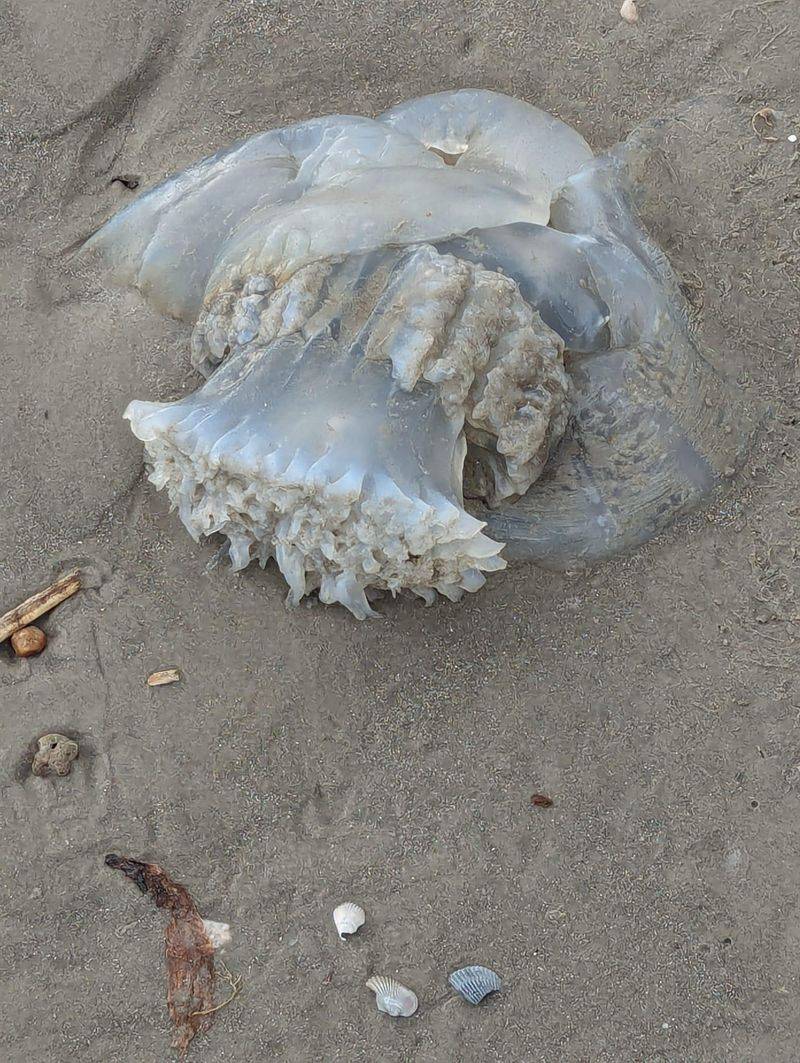
Galveston Island has witnessed a worrying uptick in jellyfish populations, affecting its popular beaches. The presence of species like the cannonball jellyfish has increased notably. This upsurge is attributed to environmental changes impacting the Gulf Coast waters. Beachgoers are advised to exercise caution, with safety notices posted along the shoreline. Despite these concerns, Galveston remains a destination of choice, celebrated for its vibrant culture and historic landmarks. The community is actively working to address the jellyfish issue, ensuring that the island continues to offer a delightful coastal experience.
Kaanapali Beach, Hawaii
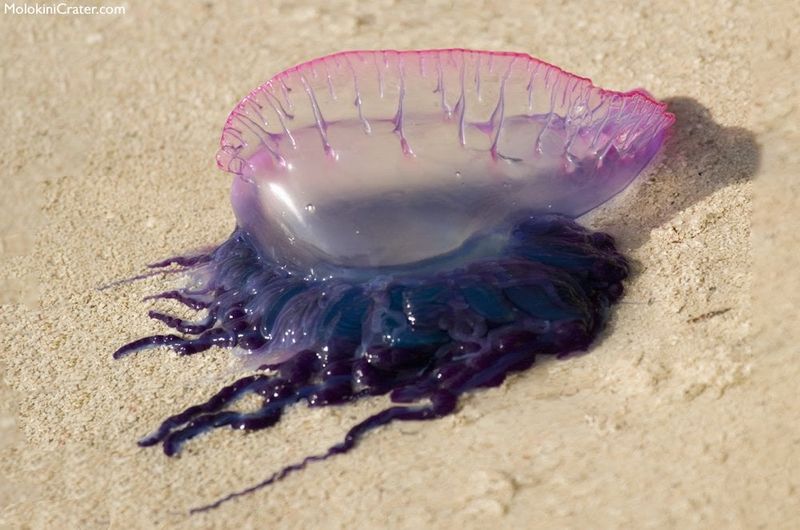
Kaanapali Beach, a Hawaiian paradise, faces a new challenge with increasing jellyfish encounters. The presence of box jellyfish, in particular, has been concerning. These creatures tend to appear following certain lunar cycles, prompting seasonal warnings. Visitors are advised to check local advisories before venturing into the ocean. Despite these concerns, Kaanapali continues to allure tourists with its breathtaking vistas and luxurious resorts. Local authorities and businesses are committed to balancing safety with hospitality, ensuring that the beach experience remains both enjoyable and secure for all.
Daytona Beach, Florida

Daytona Beach has experienced an unsettling rise in jellyfish, affecting its iconic shores. Species such as the sea wasp have been observed more frequently. This phenomenon is linked to changes in ocean temperatures and currents. The local community is proactive, providing information and resources to beachgoers. Despite these developments, Daytona Beach retains its appeal as a hub of activity and entertainment. The city’s efforts to address the jellyfish issue underline its commitment to visitor safety. Daytona continues to offer a dynamic mix of attractions, from sandy beaches to motorsport events.
Coney Island, New York
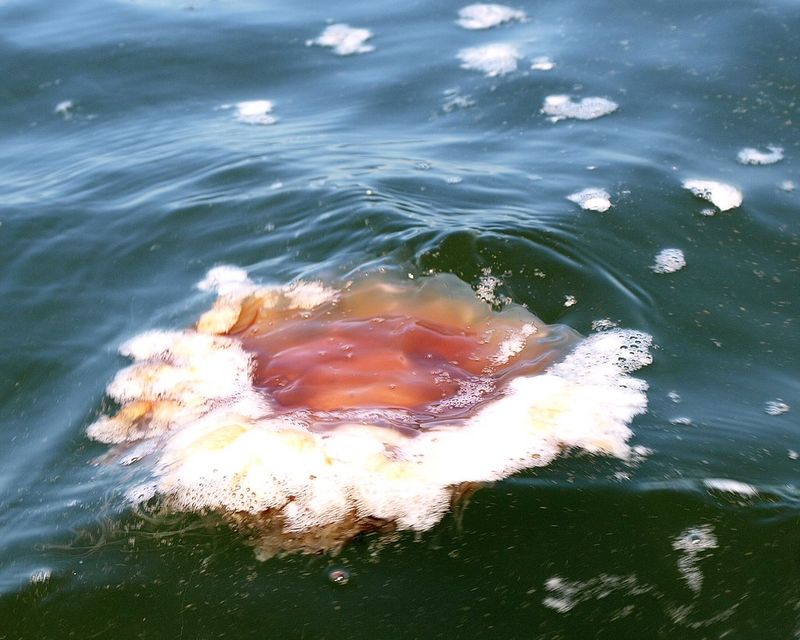
Coney Island, famous for its amusement park and lively boardwalk, now grapples with rising jellyfish numbers. The presence of moon jellies, in particular, has become more noticeable. Changing environmental conditions are believed to be driving this increase. Lifeguards are on high alert, ensuring visitor safety with timely warnings. Despite this, Coney Island remains a beloved destination, offering a unique blend of fun and nostalgia. Local initiatives aim to manage the situation effectively, preserving its status as a cherished urban beach and maintaining the vibrant spirit that defines it.
Rehoboth Beach, Delaware

Rehoboth Beach has seen an increase in jellyfish activity, bringing both intrigue and caution. The appearance of species like the lion’s mane jellyfish has raised awareness. These changes are linked to shifts in oceanic conditions, prompting local response measures. Beachgoers are advised to heed warnings and stay alert. Yet, the charm of Rehoboth Beach endures, with its quaint boardwalk and vibrant community events. The town’s commitment to addressing these marine challenges ensures that it remains a beloved destination while prioritizing visitor safety and enjoyment.
Waikiki Beach, Hawaii
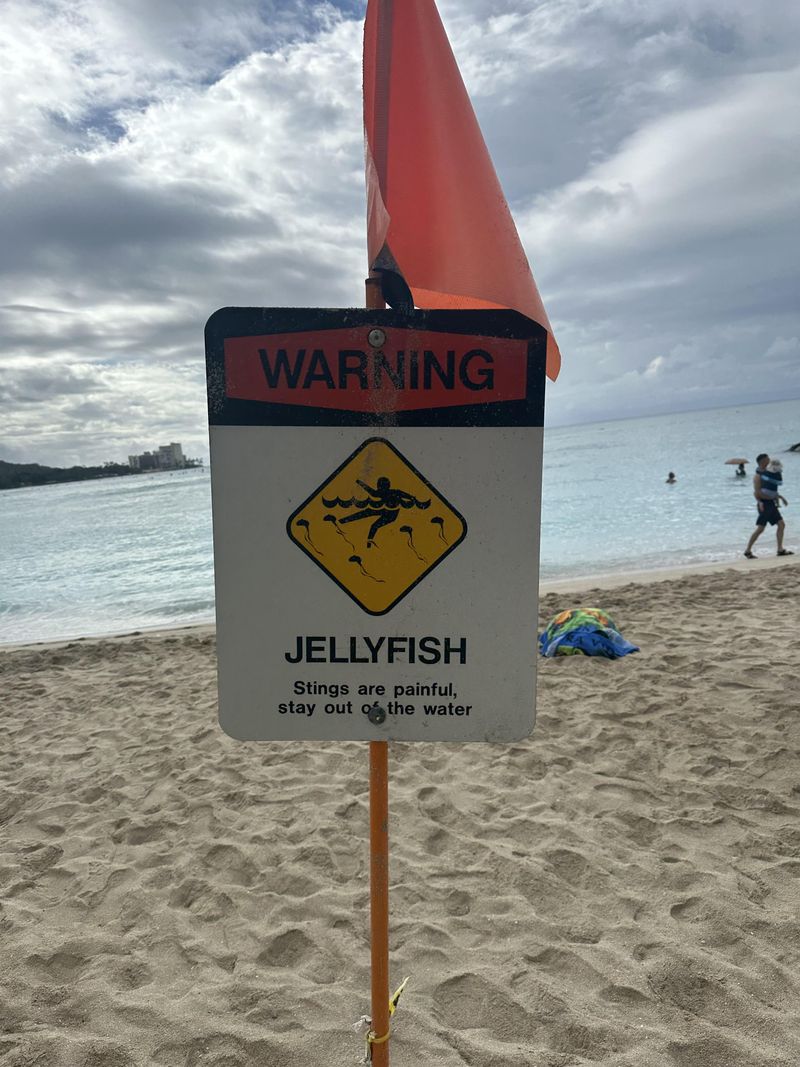
Waikiki Beach, a symbol of Hawaiian beauty, faces increasing jellyfish encounters, particularly from the box jellyfish. These occurrences follow predictable lunar patterns, allowing for preemptive warnings. Tourists are encouraged to stay informed and swim only in monitored areas. Despite this, Waikiki’s allure remains undiminished, offering world-class hospitality and stunning ocean views. The local tourism industry works diligently to maintain a balance between safety and enjoyment. Waikiki continues to thrive as a premier destination, reflecting both the splendor and unpredictability of nature’s wonders.

